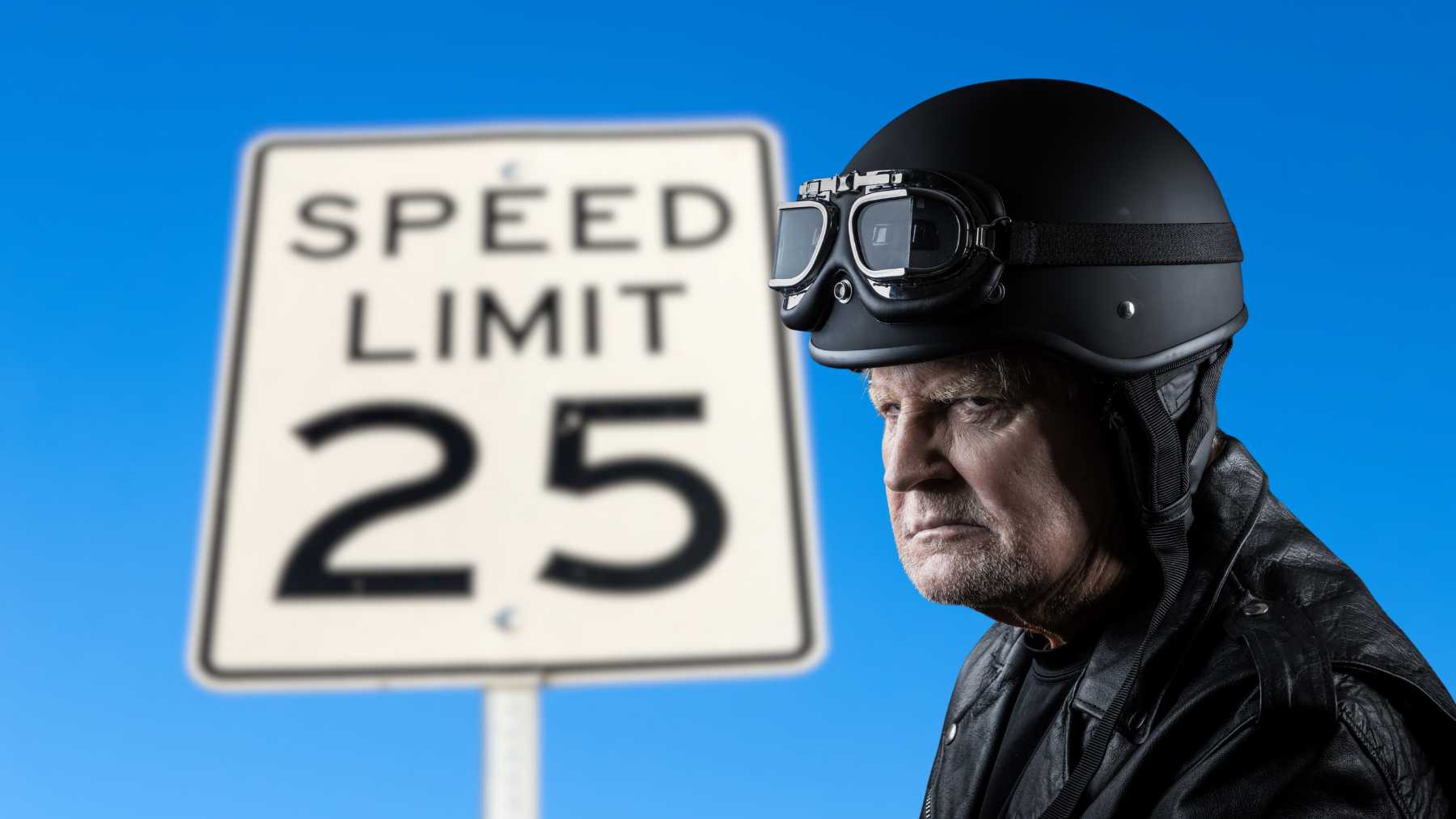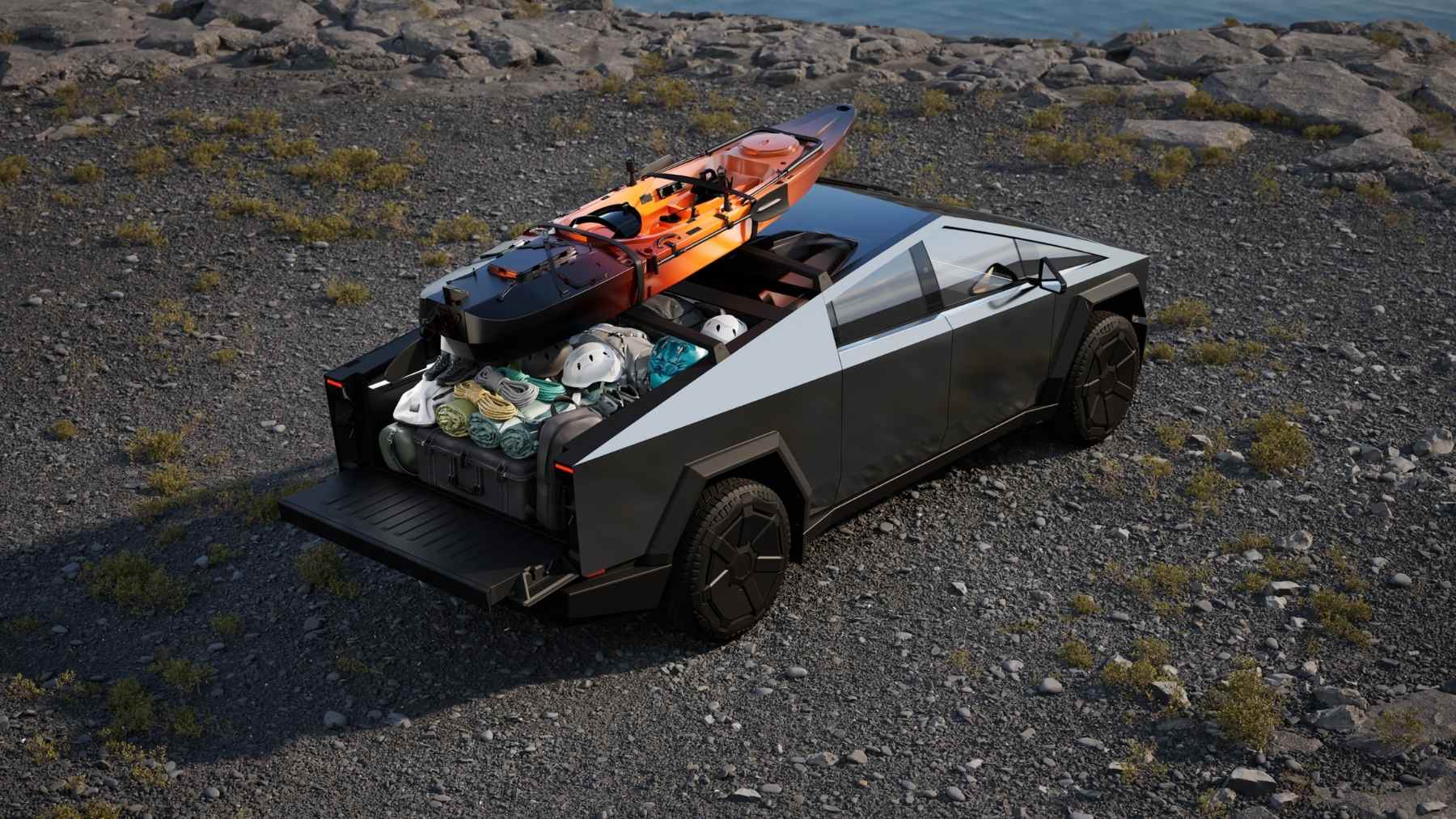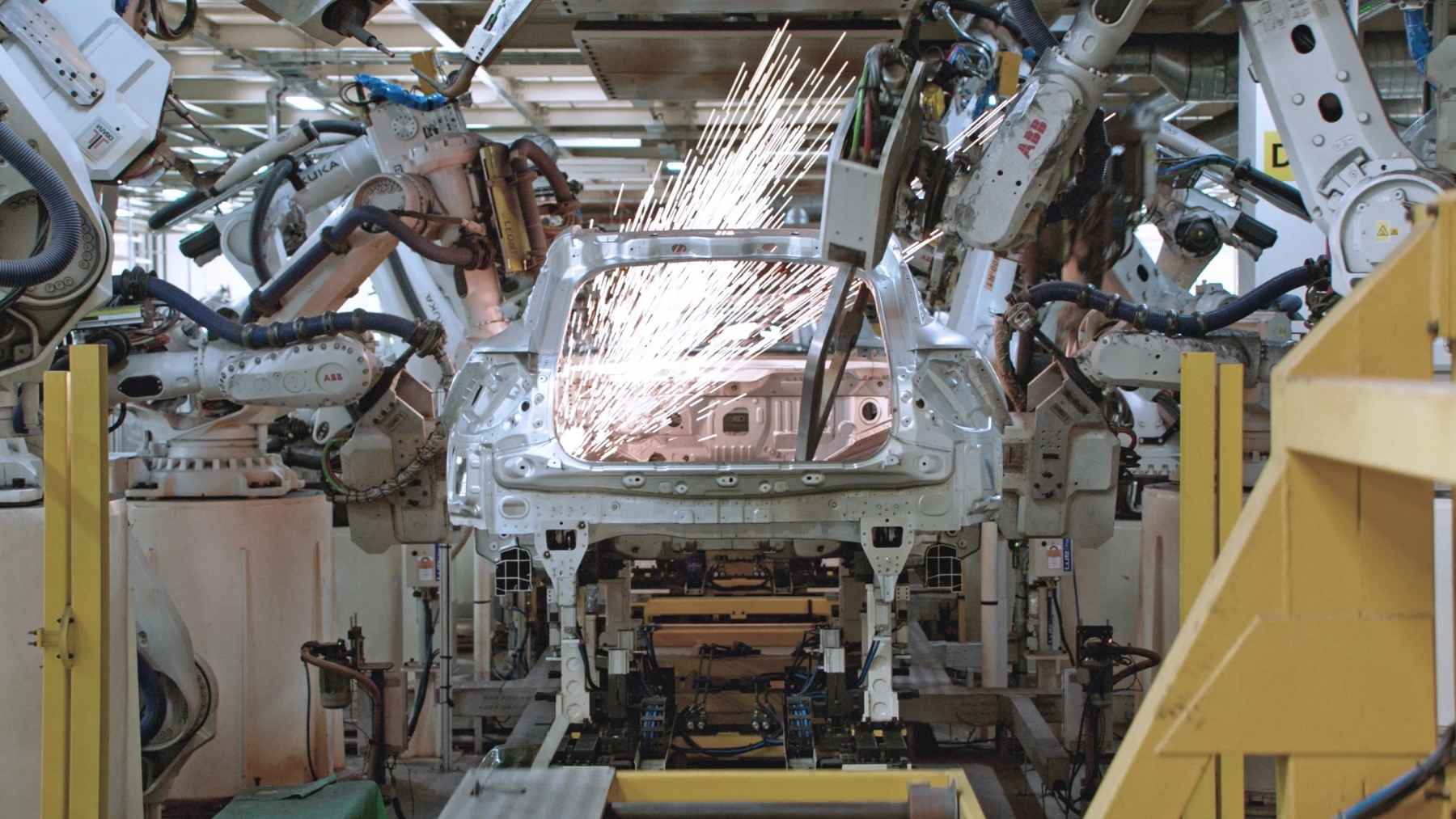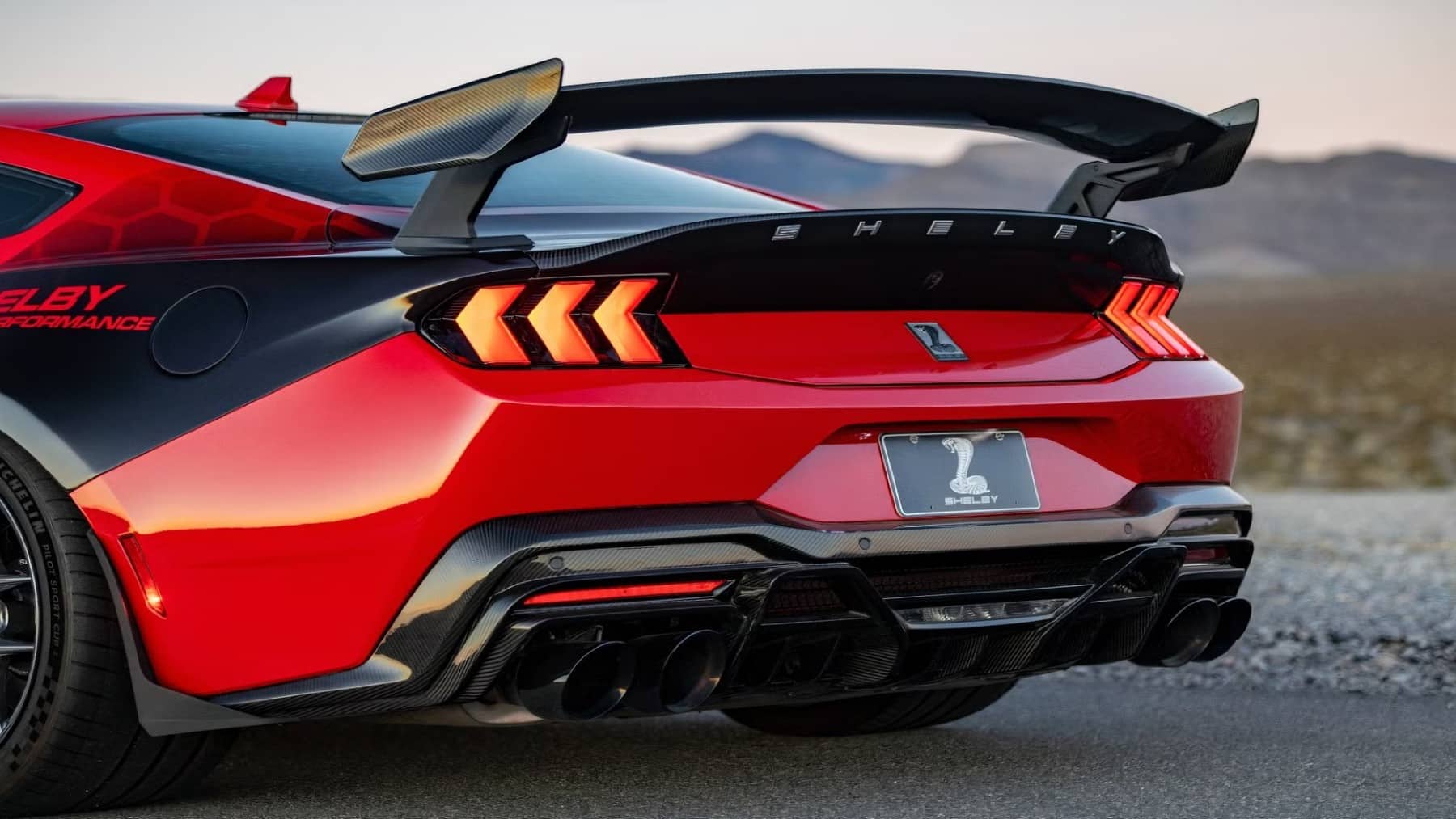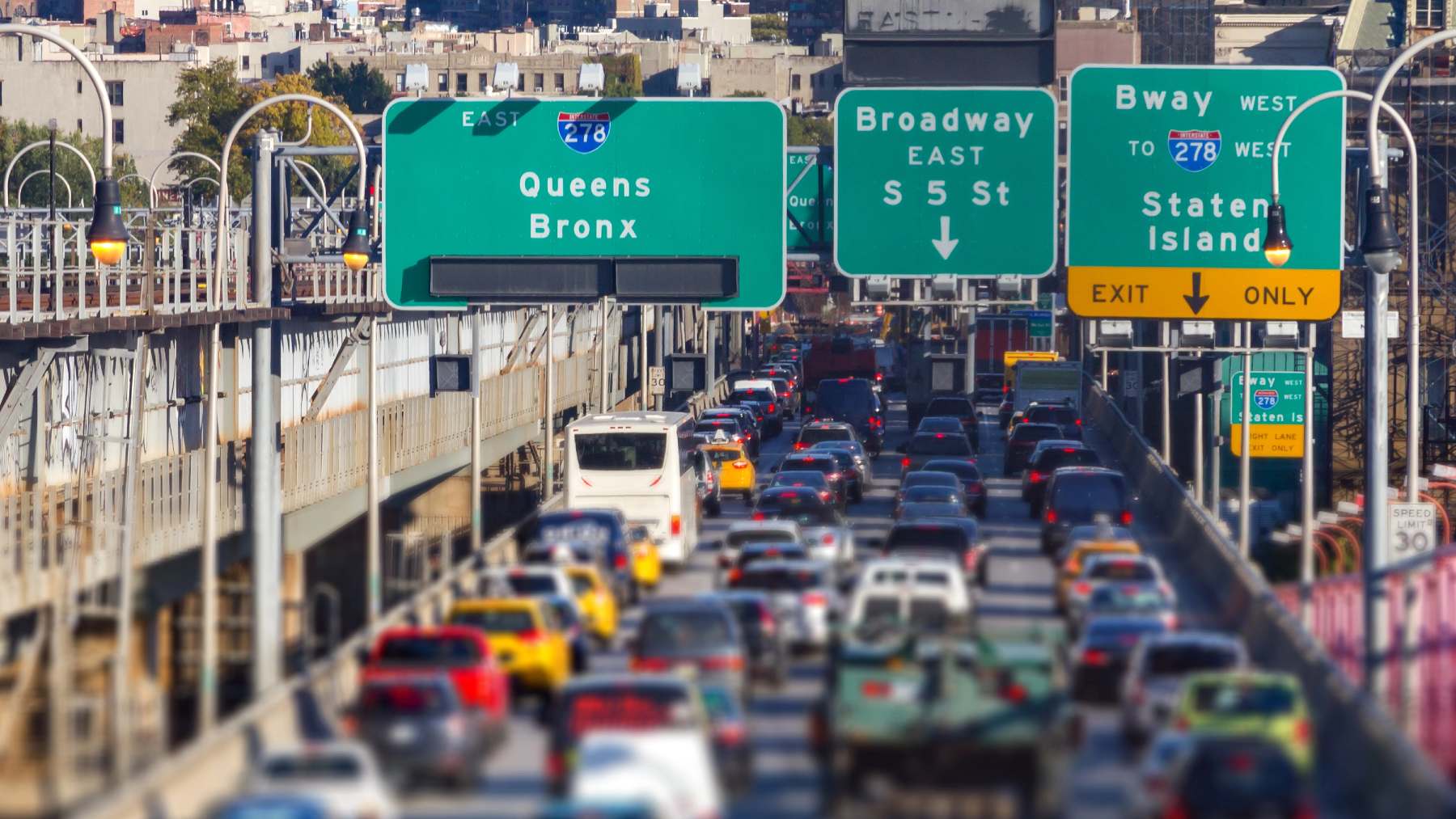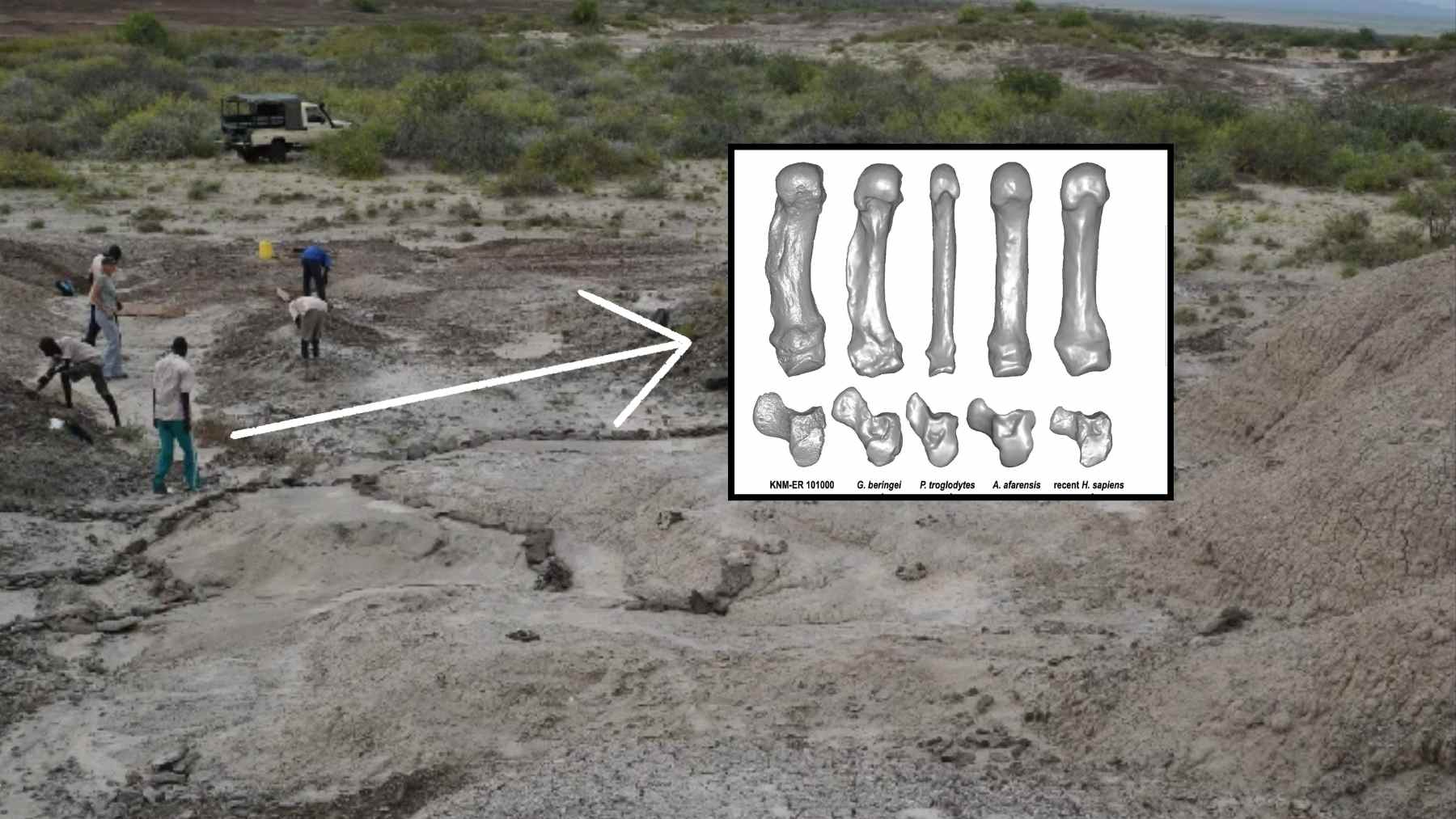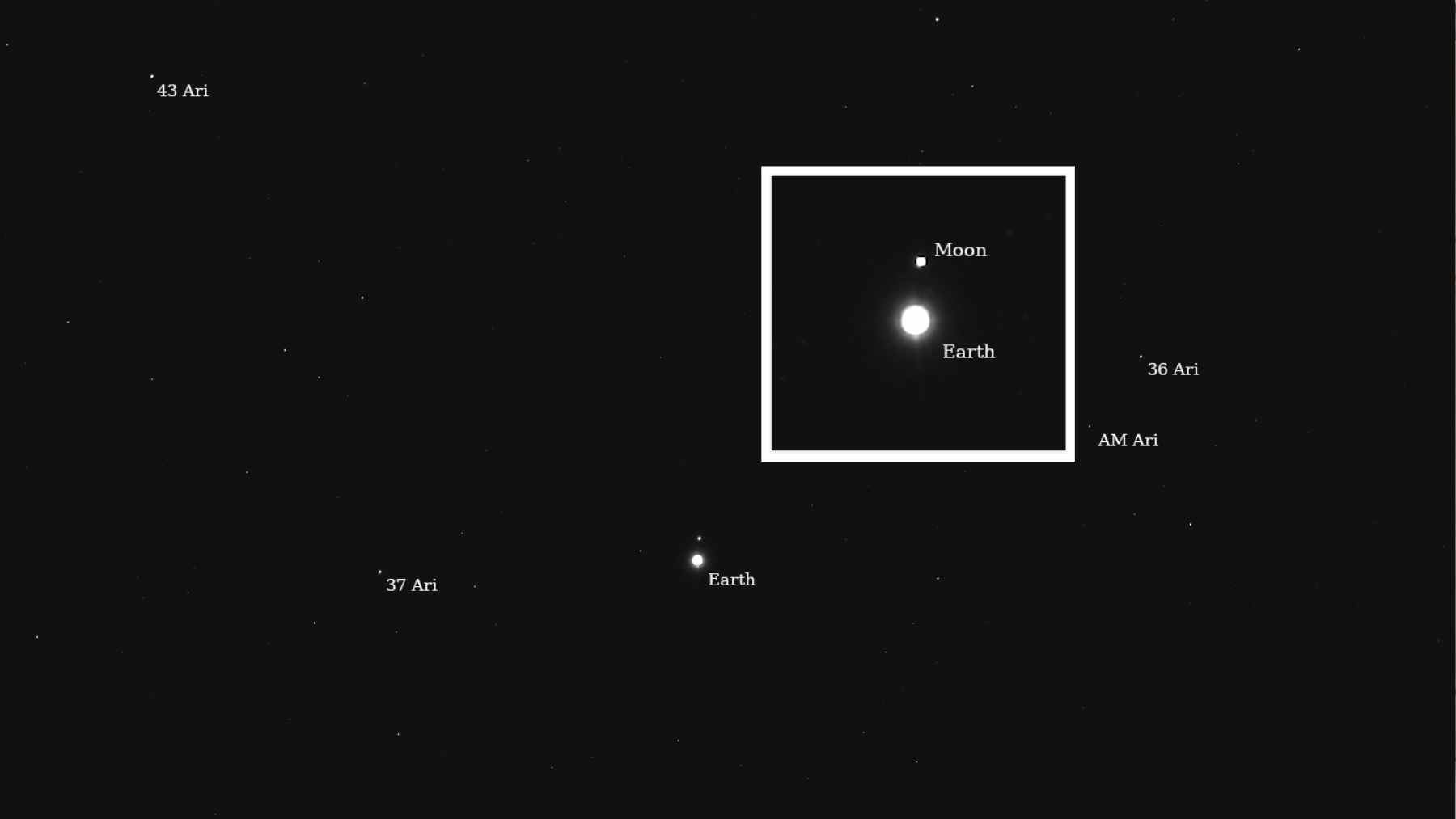Road traffic regulations and policies are constantly changing, especially when it comes to ensuring the safety of drivers and other road users on the interstate and highways. A major point of contention between road users is lane splitting by motorcyclists between drivers. Often, motorcyclists take a risk weaving through cars to get to their destination faster. Now, this state is making it clear what the boundaries and parameters are regarding lane-splitting and filtering to ensure a safer environment for all.
What is lane-splitting and filtering?
Lane-splitting and filtering refers to motorcyclists moving between lanes on roads instead of staying behind vehicles. The laws for doing so are different across states, with some states not even having any legislation in place regarding its legality.
“Splitting is when motor vehicles are in motion and filtering is when motor vehicles are stopped,” says Don Moehrle of St. Croix Valley Riders.
While some law enforcement officials argue that lane-splitting and filtering are dangerous to both drivers and motorcyclists, others argue that it reduces traffic congestion and may actually be safer for motorcyclists. The following states allow motorcyclists to legally lane-split and filter:
- California: Both lane-splitting and filtering
- Utah: Only lane filtering
- Montana: Lane filtering is legal under specific low-speed conditions
This state is to legalize lane-splitting and filtering on major roads and highways
Multiple new pieces of legislation regarding road activity on highways have recently been seen across states. Most of these new pieces of legislation are generally regarding speed limits for vehicles. Recently, in Indianapolis, Indiana, the Indiana Department of Transportation announced that it would be increasing the legal speed limit on Interstate 465 from 55mph to 65mph. The new law went into effect yesterday for Indiana drivers, with the increase in speed excluding work-zone areas on the interstate for the safety of road workers.
While Indianapolis is increasing its speed limits, the Minnesota Department of Public Safety has recently announced that it will be changing its own laws regarding lane-splitting and filtering for motorcyclists. From July 1, motorcyclists can now overtake vehicles in the same lane (lane-splitting) and may also move to the front of a traffic line at a traffic stop (lane-filtering). However, the new legislation specifies that lane-splitting will only be allowed if the motorcyclist is travelling at no faster than 25mph and may not be faster than 15mph compared to the moving traffic. You may also not lane-filter at a pace that exceeds 15 mph over the speed of the vehicles.
The new law is intended specifically for congestion
In addition to the speed requirements, lane-splitting and filtering are only allowed in scenarios where there is congested traffic.
“You cannot lane filter or split on freeway ramps that is entrances or exits,” Moehrle says. “You cannot do it in roundabouts. You cannot do it in school zones and you cannot do it in single lane construction zones. You can only be between the two lanes moving in the same direction.”
Allowing motorcyclists to do lane-splitting and filtering in congested traffic also helps prevent them from being rear-ended by distracted drivers. In an age of cellphones, distracted driving has become an increasing problem, with over 3,000 road accident fatalities in 2023 being attributed to distracted driving.
California has recently upped its regulations surrounding using a cellphone when driving a vehicle, clarifying that even holding your cellphone in your hand when driving is illegal. If you want to use your phone for navigation guidance in the state or if you need to answer a call, it must be mounted on the dashboard. However, any other use of the phone while driving is prohibited, as the distraction vastly increases the chance of a road accident occurring with another road user.
